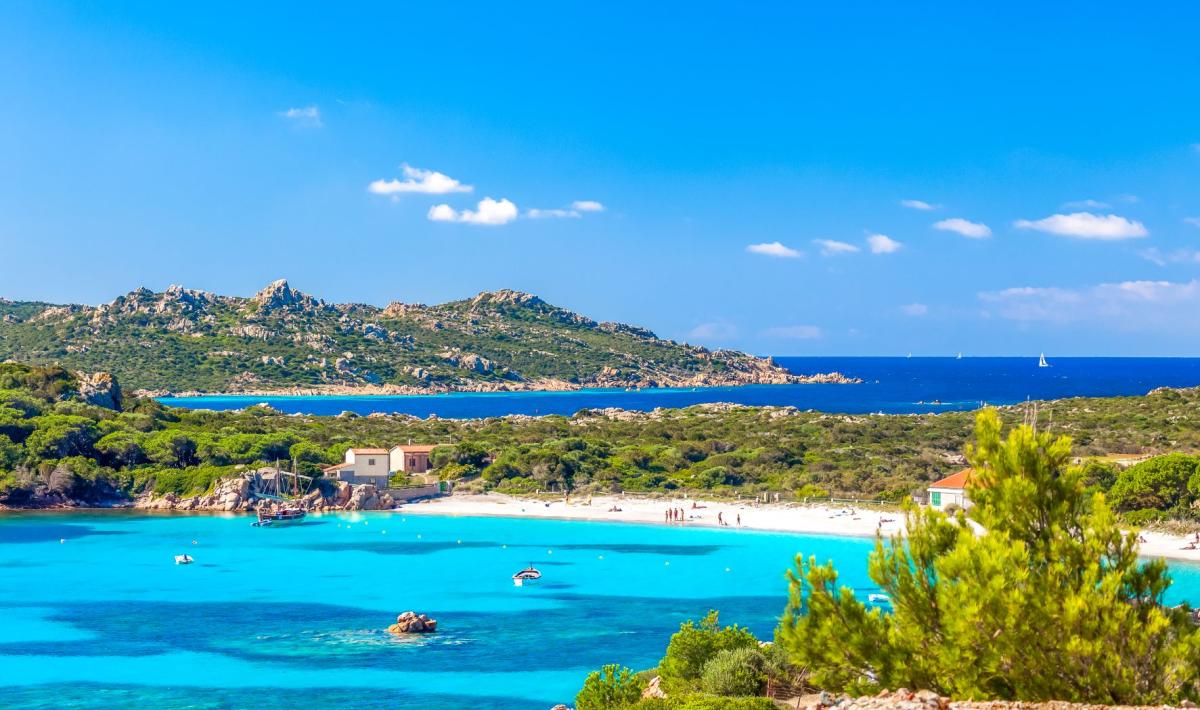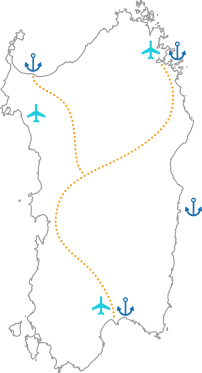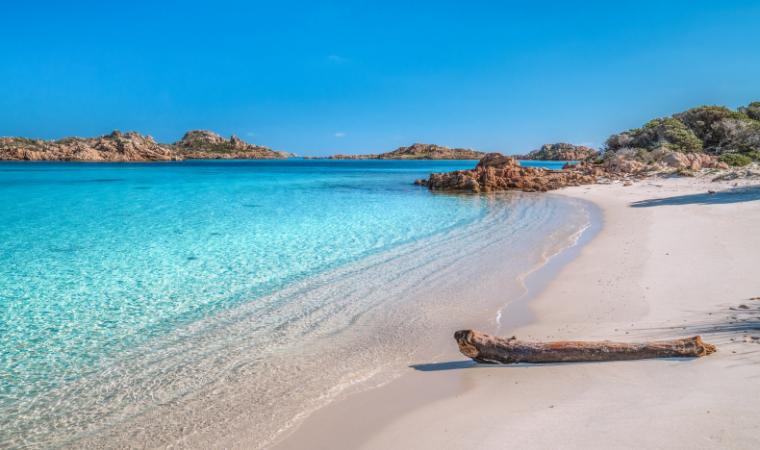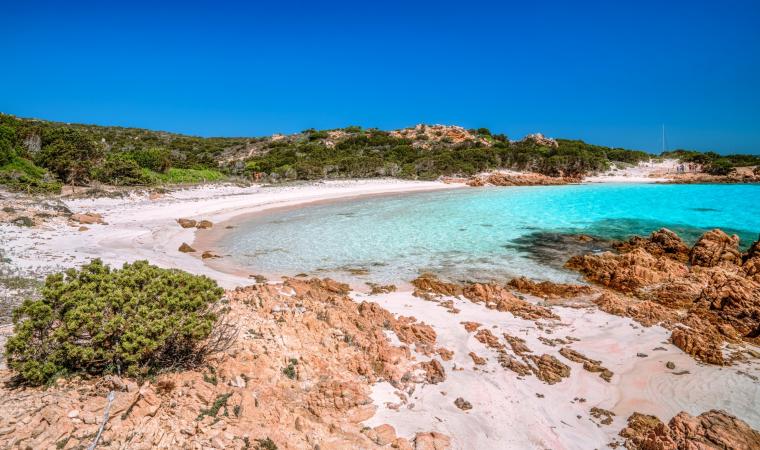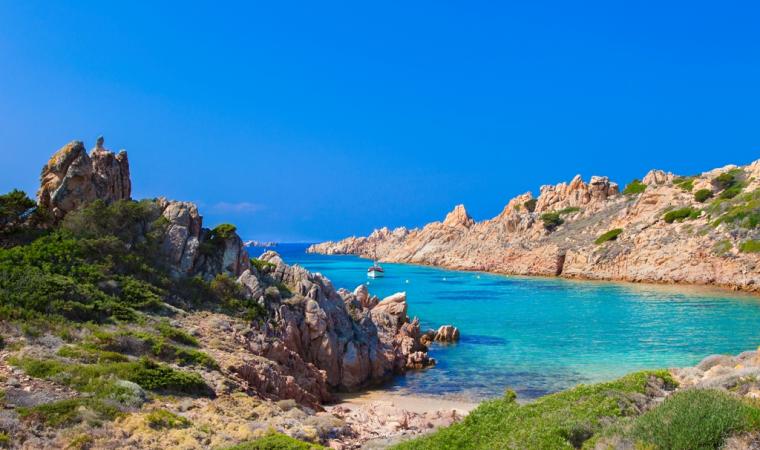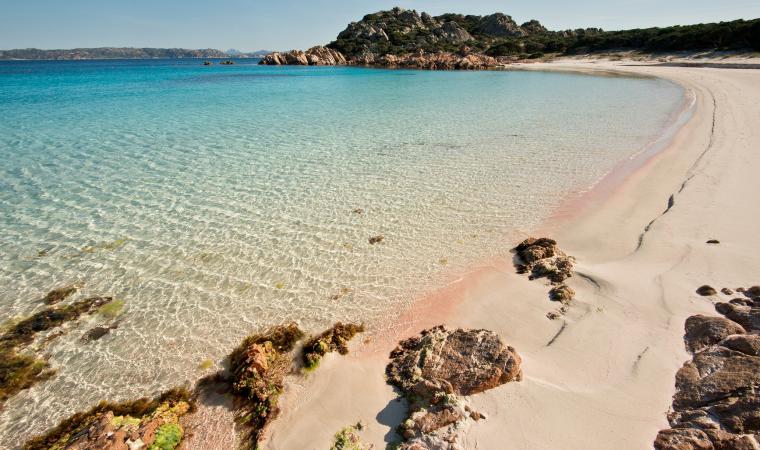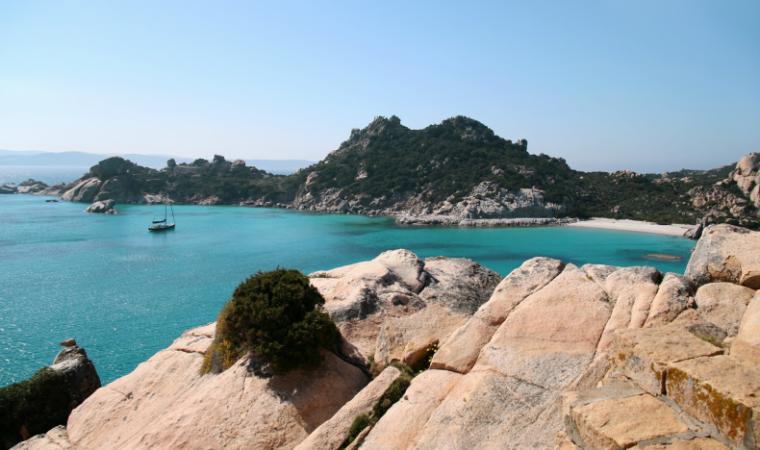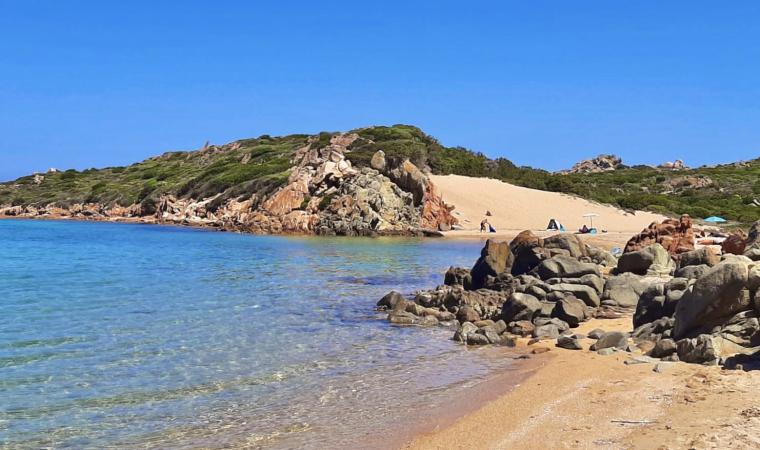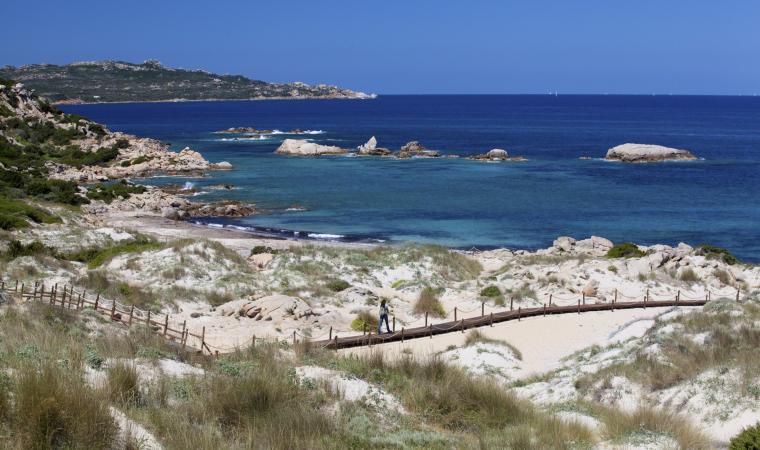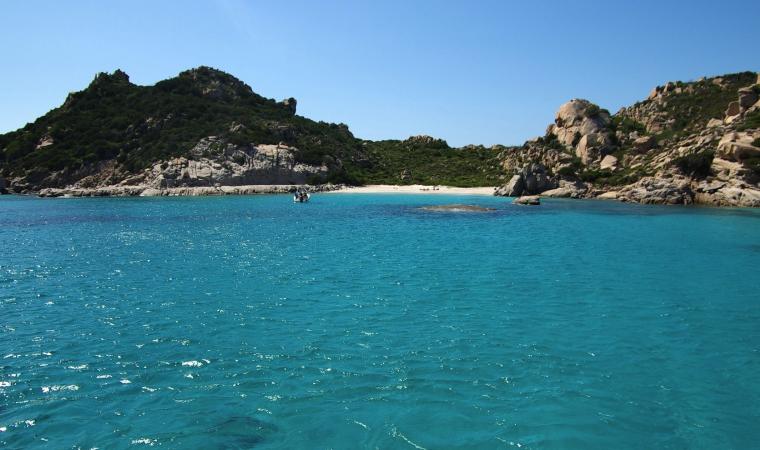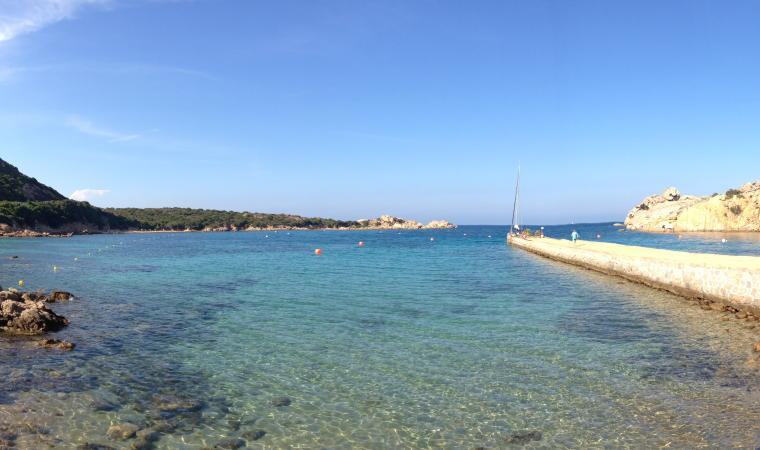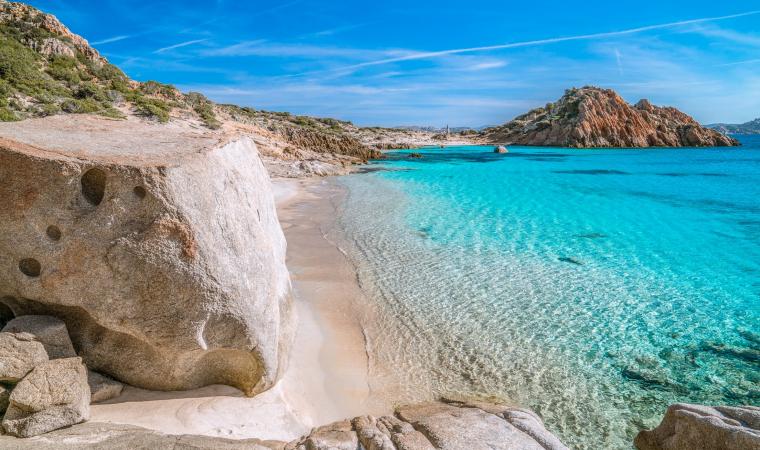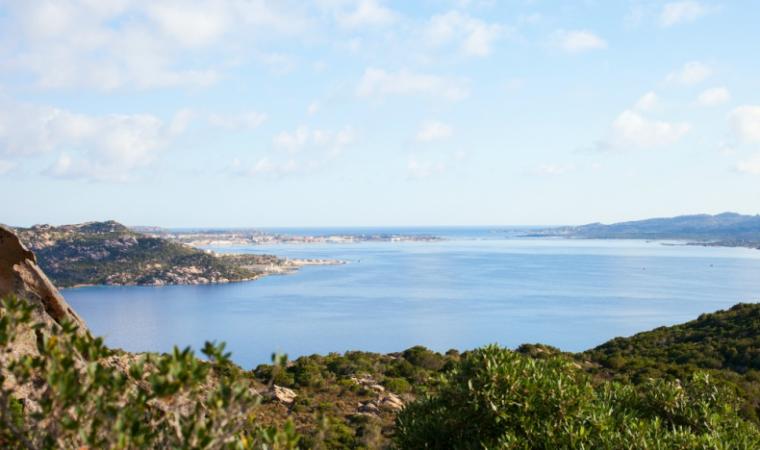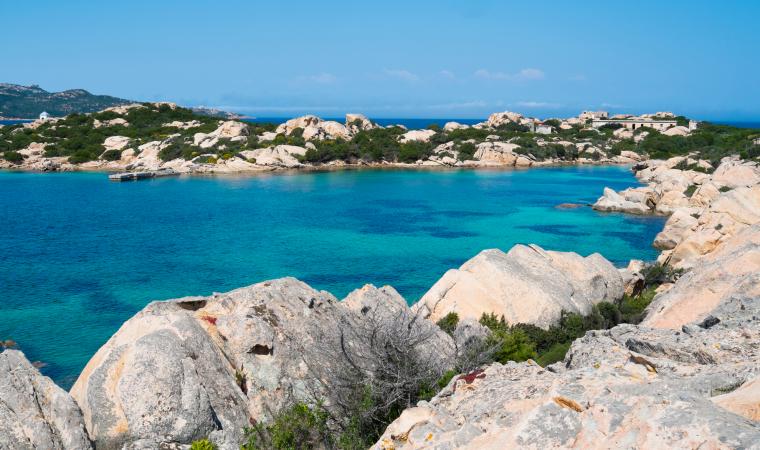The pearl of the far north of Sardinia, the closest to the Strait of Bonifacio, on the border with Corsica. Together with the two other splendid islets of Razzoli and Budelli, Santa Maria represents the northernmost part of the La Maddalena Archipelago Park, one of the destinations not to be missed on your tour of about 60 islands. The surface area of the islet is two square kilometres, while it has a ten-kilometre perimeter of jagged coastline. The characteristic that makes it stand out from the other minor islands of the Maddalena Archipelago, is that it is the only one that is permanently inhabited, obviously apart from the big ‘sister’ La Maddalena. You can reach it in about twenty minutes by boat from the port of La Maddalena or that of Palau.

